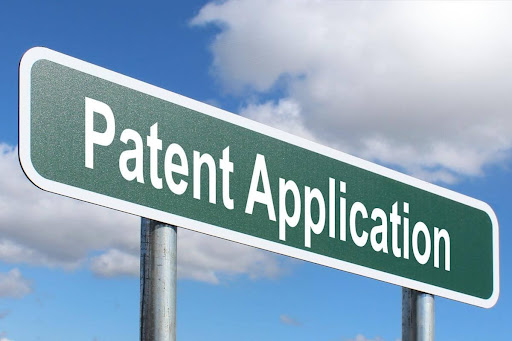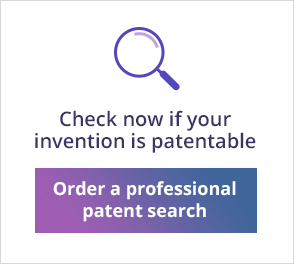The term patent analysis is used to describe a comprehensive in-depth study of patent databases and any information presented in or attached to patents/patent applications (or publications connected to them) using different techniques and tools, such as different patent analysis softwares.

It is used by patent attorneys/agents, inventors, entrepreneurs , companies, scientists, researchers etc. in many stages of patent related technological, scientific, legal & business processes (for example, when reviewing a patentability search report, when receiving a patent examiner communication , when looking into a freedom to operate search report etc.).
A patent analysis report will use softwares and tools to summarise all relevant data concerning a patent in accordance with the analysis goal, and allow non-professional users to quickly understand key issues such as: what is the scope of the patent, what are its legal protection boundaries (technical and geographical), what are the key technologies used by the patent, its legal, technological and economical strengths and weaknesses, business/ technological relevance, potential threats and risks it imposes etc.
You can check for published patent applications and registered patents at the European Patent Office.
What kind of information can be provided when using a patent analysis software?
There are two kinds of data extracted and studied during a patent landscape analysis, with information gathered using different softwares and tools.
The scope and details is determined by the analysis goals – see below.
Information presented in the patent application itself – bibliographical data (dates, applicant, inventor etc.), description, claims, drawings etc.
And information relating to the application that is not presented.
Example of information not presented in the patent application:
- legal status in each and every country;
- payment or non payment of fees;
- patent full examination and filing history;
- patent examiner’s search reports;
- examiner and applicant correspondence during an appeal process;
- the full description of cited publications (patents and other) mentioned in the patent itself or in the above;
- patent family publications;
- ownership history; and
- publication relating to the patent field coming from other sources (usually coming from searches such as – patentability, state of the art, freedom to operate, landscape etc.).
A patent analysis software or tool is not enough
It is important to remember that patents are usually complicated, intricate documents, written in very formalistic technical and legal language. A lot of relevant data (as mentioned above) is not included in the patent itself and can only be found via professional patent search conducted in dedicated professional databases (many of them are gated). A free patent analysis software that you find online for example, will not be enough.
Thus, extracting and fully understanding all the relevant information is a task requiring expertise in legal and technological fields, tools and techniques. For this reason, such an analysis is usually conducted by experienced patent professionals (patent attorneys/agents, patent searchers etc.).
What is a patent analysis used for
As mentioned above, patent analysis is widely used for different processes at different stages. Often the most obvious use is to fully understand the implications of the patents found in a patent search report for example:
- Patentability search – Does the patents/ publications found prevent me from getting a patent? In light of the prior art, how can I change my application to increase my chances etc.
- Freedom to operate search – in what way am I restricted by the patents listed in the report? In what territories are they enforced? Is there any prior art out there that can help me invalidate any blocking patent? Etc;
- Patent invalidity search – in what way do the publications found help invalidate the examined patent? What is the optimal way to approach the invalidation procedure etc;
- State of the art search and Patent landscape report (PLR) – what are the implications of specific patents/publications on my company activity – R&D, business development, infringement risks etc; and
- IP due diligence search – what are the implications of specific patents/ publications upon the strength of a company’s IP portfolio and many more.
Beyond assessing different aspects of patents listed in search reports, there are some other uses for patent analysis. For example:
- perfecting a patent application draft.
- appealing against patent examiner rejections.
- developing a strategy in many fields such as – IP, business and marketing, R&D etc.
Conclusion
Patent analysis can be a powerful, important and useful tool, for example:
- private inventors or entrepreneurs receiving a patentability report and trying to decide if and how to continue.
- CEOs or investors trying to determine a patent application’s value before buying or investing in it.
- established companies trying to build an IP/business/R&D strategy, assessing its own or its competition patents strengths and vulnerabilities, trying to avoid infringement suits or deciding how to deal with one.
These are just a few limited examples of users for whom the patent analysis is not only beneficial but actually crucial.
Patents and everything concerning it is a complex subject.
If you have an idea or innovation that you want to protect, you should always consider reaching out for help to professionals with expertise in patent, analysis, softwares, and tools. The team at Patentest has many years of experience in patent analysis and search. In order to provide our clients with the best quality we maintain a strict and high-grade employment and training program.
Have you got an idea or invention that you want to protect ? Don’t wait, connect with us today.


